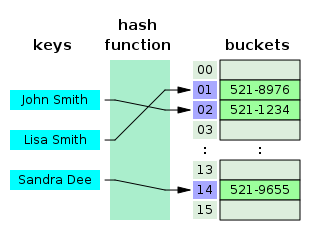What is Artificial Intelligence? What do you think of when
you hear these two words? My mind instantly goes to the movie, I, Robot! It was the first movie that
made me grasp the concept of AI. Essentially, AI is the concept of making
gadget self-aware in some way.
Current Progress
AI has made much progress since the invention of the
programmable digital computers in the 1940’s. We have numerous robots in the
world doing work that was previously done by man or just impossible to do. These
robots also have some sort of artificial intelligence that allows them to learn
and think on their own. Apparently, robots are now completing over 80% of theassembly of a car (bitrebels). This is beyond amazing and truly shows the power
of AI.
Currently, Google is working on a self-driving car that
utilizes artificial intelligence. This is truly revolutionary and can truly
transform society. AI is a remarkable field that enables many new inventions
and there is so much more to come in the future.
The Future of AI
While there has already been much progress in the field of
artificial intelligence, there is still a great amount of progress to be made
in the future. The automobile industry has already adopted AI into many things
already and in the future, we are going to see smarts put into everything! We’ll
see intelligent transportation, emotional computing and much more. I’m truly
excited to see how AI will revolutionize the medical field in the future.











